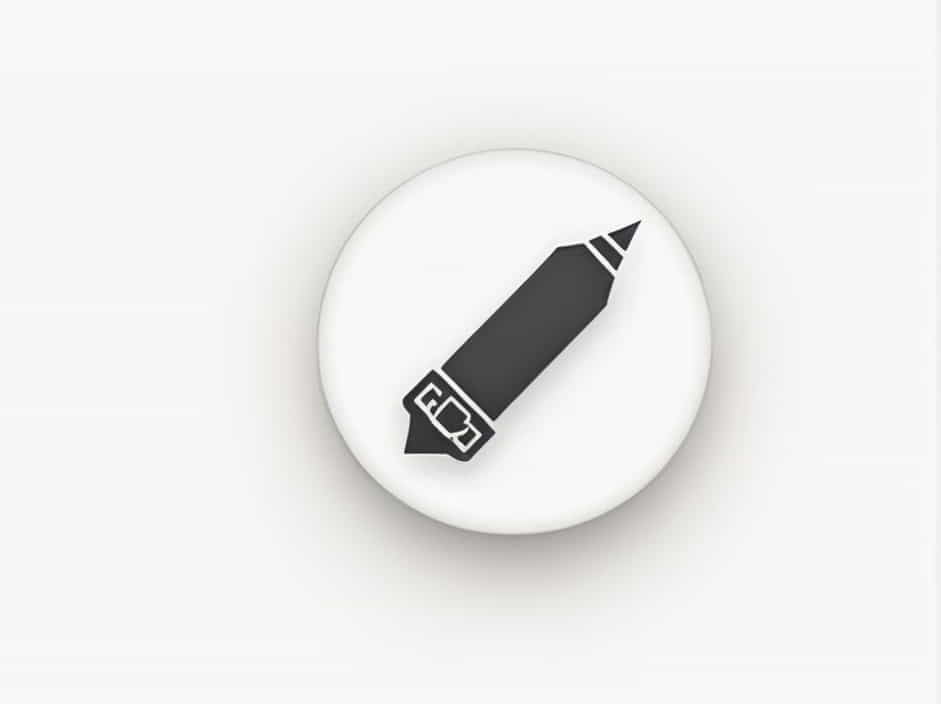A centimeter (cm) is a common unit of measurement in the metric system, widely used around the world for measuring length and distance. It is smaller than a meter but larger than a millimeter, making it ideal for measuring everyday objects like rulers, furniture, and body height.
Understanding centimeters and how they compare to other units is essential in education, construction, tailoring, and various scientific fields. This topic will explain the definition of a centimeter, its conversion to other units, practical uses, and its significance in everyday life.
Definition of Centimeter
A centimeter (cm) is a unit of length in the metric system, equal to one-hundredth of a meter. This means:
- 1 centimeter (cm) = 0.01 meters (m)
- 1 centimeter (cm) = 10 millimeters (mm)
The prefix ‘centi-‘ in centimeter means one-hundredth, similar to how a cent is one-hundredth of a dollar.
Key Centimeter Conversions
| Measurement | Equivalent in Centimeters |
|---|---|
| 1 meter (m) | 100 centimeters (cm) |
| 1 decimeter (dm) | 10 centimeters (cm) |
| 1 millimeter (mm) | 0.1 centimeters (cm) |
| 1 inch | 2.54 centimeters (cm) |
Centimeter in Everyday Use
Centimeters are used in various fields and everyday life. Some common applications include:
1. Measuring Human Height
Height is often measured in centimeters worldwide, especially in Europe, Asia, and South America. For example:
- An average adult male might be 175 cm tall.
- An average adult female might be 162 cm tall.
In countries like the United States and the United Kingdom, height is usually measured in feet and inches, but centimeters are still commonly used in medical and scientific fields.
2. Construction and Engineering
Architects, engineers, and builders frequently use centimeters when designing and constructing buildings, furniture, and appliances. Blueprints and technical drawings often include measurements in centimeters and millimeters for precise accuracy.
3. Tailoring and Fashion Design
Fashion designers and tailors use centimeters to take body measurements and create clothing patterns. Common measurements include:
- Waist circumference: 80 cm
- Shirt length: 70 cm
- Pant inseam: 85 cm
4. School and Education
Students learn about centimeters in mathematics and science to understand length, volume, and geometry. Rulers marked in centimeters and millimeters are standard in schools worldwide.
5. Medical and Scientific Applications
Doctors and scientists use centimeters in fields like medicine, biology, and physics. For example:
- Medical professionals measure wound sizes or growths in centimeters.
- Scientists use centimeters in laboratory experiments and research.
Centimeter vs. Other Length Units
To better understand centimeters, it’s important to compare them to other common length units.
Centimeter vs. Meter
- 1 centimeter (cm) = 0.01 meters (m)
- 1 meter = 100 centimeters
Meters are used for larger distances, while centimeters are preferred for smaller measurements like furniture size or body dimensions.
Centimeter vs. Millimeter
- 1 centimeter = 10 millimeters (mm)
- 1 millimeter = 0.1 centimeter
Millimeters provide even more precision than centimeters and are often used in engineering and medicine.
Centimeter vs. Inch
- 1 centimeter = 0.3937 inches
- 1 inch = 2.54 centimeters
The United States and the United Kingdom primarily use inches, while most countries use centimeters in daily life.
How to Convert Centimeters to Other Units
1. Convert Centimeters to Meters
To convert cm to m, divide by 100:
- 150 cm à· 100 = 1.5 m
- 50 cm à· 100 = 0.5 m
2. Convert Centimeters to Millimeters
To convert cm to mm, multiply by 10:
- 5 cm à 10 = 50 mm
- 12 cm à 10 = 120 mm
3. Convert Centimeters to Inches
To convert cm to inches, multiply by 0.3937:
- 10 cm à 0.3937 = 3.94 inches
- 50 cm à 0.3937 = 19.69 inches
To convert inches to centimeters, multiply by 2.54:
- 5 inches à 2.54 = 12.7 cm
- 10 inches à 2.54 = 25.4 cm
Why Is the Centimeter Important?
1. Standardization in the Metric System
The centimeter is part of the metric system, which is the standard measurement system in most countries. It ensures accuracy and consistency in measurements worldwide.
2. Easy to Use in Daily Life
Centimeters are ideal for measuring short distances, making them practical for use in:
- Home improvement (measuring furniture, walls, or carpets)
- Body measurements (height, waist, and clothing sizes)
- DIY projects (woodwork, crafts, and art)
3. Used in International Trade and Manufacturing
Products like electronics, packaging, and automobiles are often designed with centimeter measurements to align with global standards.
Frequently Asked Questions (FAQs)
1. How Many Centimeters Are in a Foot?
1 foot is equal to 30.48 cm.
- 5 feet = 152.4 cm
- 6 feet = 182.88 cm
2. Is a Centimeter Smaller Than an Inch?
Yes. 1 centimeter = 0.3937 inches, meaning an inch is about 2.54 times larger than a centimeter.
3. Do Americans Use Centimeters?
The United States primarily uses inches, feet, and yards, but centimeters are still used in science, medicine, and international trade.
4. How Many Centimeters Are in a Kilometer?
1 kilometer (km) = 100,000 centimeters (cm).
5. How Many Centimeters Are in a Yard?
1 yard = 91.44 cm.
A centimeter (cm) is a metric unit of length equal to one-hundredth of a meter or 10 millimeters. It is commonly used for measuring height, objects, and distances in everyday life, particularly in Europe, Asia, and South America.
Understanding how centimeters compare to meters, millimeters, and inches helps in various fields, from education and construction to fashion and science. Whether you’re measuring your height, buying furniture, or using a ruler, knowing how to work with centimeters is an essential skill.
